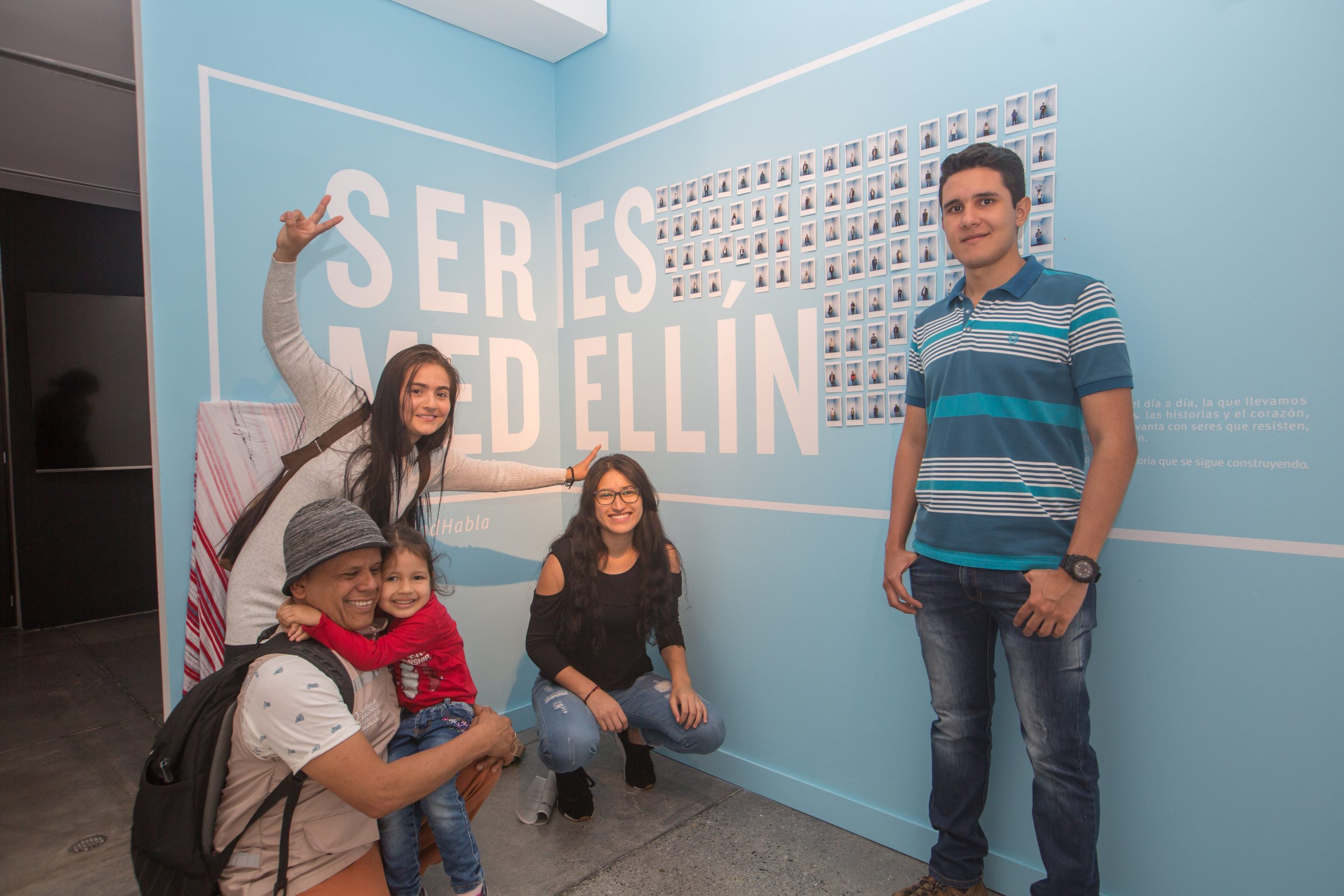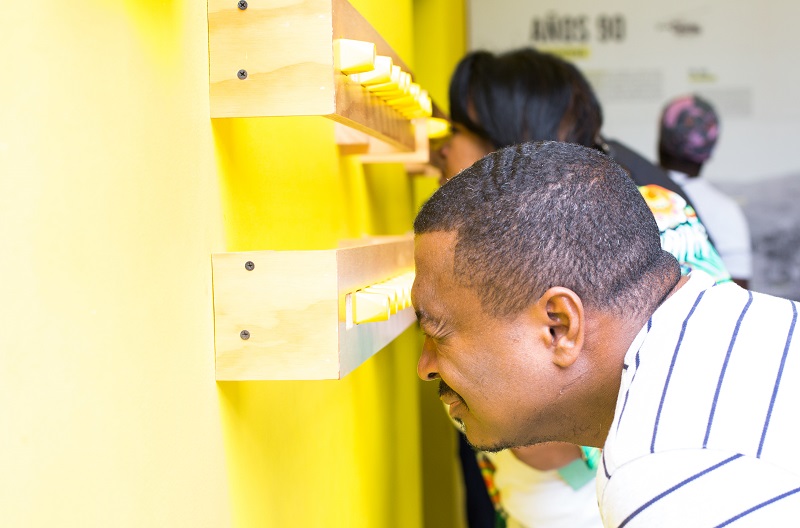MEDELLÍN|ES 70, 80, 90
MEDELLIN|ES 70, 80, 90
MEDELLIN|ES
70,80,90
The most violent city in the world? Medellín drug´s cartel? Pablo Escobar? Hitmen and drug dealers? Social cleansing? Is this Medellín? Or, what Medellín(s) do we see, suffer, remember and live?
Medellín(s) is one and many at the same time. It’s the city where we were born; it’s what we built, it’s what we live in and it’s what the world met in the headlines. A city of day by day, we keep it in our eyes, steps and stories. A city of paradoxes and contradictions: grayscale, spring flowers, green mountain, red brick and blue sky.
MEDELLÍN|ES| 70, 80, 90 is a platform for the culture, exhibition and laboratory held at Museo Casa de la Memoria to recognize different faces of the city. These faces are overlapped, crossed, getting away or close, through a plural interaction with Medellín, its territories and its inhabitants. This exhibition presents some important violent and resistance acts from the recent past through some voices [*], narratives and images of everyday life; also, some questions raises. It is a space to walk over Medellín as an unfinished and changing story. We build it together through an alive timeline; it is a possibility of remembering and imagining the repression and explosion in the ‘70s; the blindness, the fear and the perplexity in the ‘80s; and the awakening in the ‘90s.
This is an invitation to make individual and collective, institutional and community reflections on how violence permeated the culture and the way of seeing and interacting. This one promotes dialogues about the past, still present, and the construction of memories about experiences, learning, and new meanings of the conflict. This is a time to strongly criticize how Medellín became the most violent city in the world and how we survived that violence.
MEDELLIN|ES
city talks
What was it that happened to us? Why? How do we describe what we have lived? What does violence against each other mean? How did we transform into the city we are? With these questions we found the time to talk, remember and imagine these Medellins, through words, as well as some tools and gestures of creation.
A few months ago we created a living timeline and presented some relevant facts of violence and resistance of our recent past: the repression and explosion of the 70s, the blindness, fear and perplexity of the 80s, and the awakening of the 90s. This has allowed us to talk to citizens and move from a collective time to a more intimate and subjective time. We approached their testimonies through various participatory processes: public call for stimuli, focus groups, interviews and creation laboratories.
Here you are, in the face of an unfinished and changing story.

